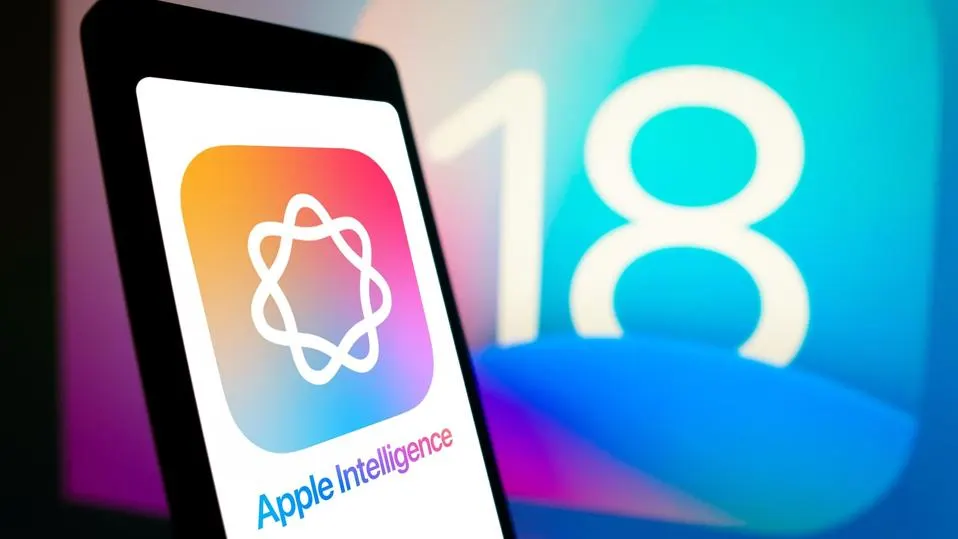The Five Biggest New Energy Trends In 2022
15 March 2022
Today, nearly everyone accepts that in order to slow the damage we are doing to our planet and environment, humans must transition away from the use of fossil fuels. This has led to many science and business innovations as we search for new sustainable or renewable alternatives to coal, oil, and gas.

Although it would be nice to think everyone wants to do their part in order to save the world, there are strong financial incentives too. The value of the renewable energy market is set to grow from $880 billion to nearly $2 trillion by 2030. And the growing awareness of the importance of environmental and social governance (ESG) issues means there are tremendous political incentives, too.
2022 is set to be a record year in terms of the scale at which the switchover from fossil fuels to renewable sources will take place. It’s also a year in which we will see new and exotic sources of energy emerge from laboratory and pilot projects and start to become a part of everyday life. So let’s take a look at what is predicted to be some of the most impactful trends in the new energy sector over the next 12 months…
AI in the energy sector
As with every sector, artificial intelligence (AI) is having transformative effects across energy and utilities. It is used to forecast demand and manage the distribution of resources, to ensure that power is available at the time and place it's needed with a minimum of waste. This is particularly important in the renewable energy industry, where it often can’t be stored for long periods of time and has to be used close to the time and location where it is generated.
The World Economic Forum predicts that AI will play an essential role in the world’s transition to clean energy. These gains in efficiency will be created by more accurate forecasting of supply and demand. Additionally, a switch is taking place away from centralized models of power generation and distribution towards decentralized models, where more power is generated by smaller, localized power grids (for example, solar farms) and coordinating the integration of these networks requires complex AI algorithms. The strategy here is to create an “intelligent coordination layer” that sits between the power infrastructure and homes and businesses where power is consumed.
In 2021 we can expect more innovation from startups putting AI to work in novel ways; for example, Likewatt in Germany has created a service called Optiwize that calculates power consumption and carbon dioxide emissions to allow consumers to monitor the effects of their power consumption in real-time and make more educated decisions about their own energy supplies. Other companies are developing predictive maintenance technology to drive efficiency in the operations of renewable energy creation.
Green hydrogen energy
Hydrogen is the most abundant material in the universe and produces close to zero greenhouse gas emissions when burnt. These are two of the qualities that make it a very exciting potential source of energy. Traditionally, though, the difficulty has been that converting it into a form that can be used as fuel involves the consumption of fossil fuels and the creation of carbon emissions. Brown hydrogen, for example, is derived from coal, while grey hydrogen is derived from natural gas.
Green carbon, on the other hand, is created by a process involving electrolysis and water, and generating the required electricity from renewable sources like wind or solar power effectively makes the process carbon-free. This year, a number of major European energy companies, including Shell and RWE, committed to creating the first major green hydrogen pipeline from offshore wind plants in the North Sea throughout Europe. Although it won’t be complete until 2035, the European Union has committed to smaller projects aiming to create 40GW of renewable power to be used for green hydrogen generation by 2030. This means we can expect a ramping-up of innovation and projects concerned with this fuel source throughout 2020 – one example is the world’s first hydrogen-powered e-bike created by Dutch designers Studio MOM and Australian hydrogen fuel startup LAVO. Another is the at-home electric vehicle charging solutions using hydrogen fuel created by US startup ElektrikGreen.
The Internet of Energy
The area of the internet of things (IoT) is concerned with the generation and distribution of power. IoE is closely tied to the idea of energy decentralization – the move towards a more sustainable power infrastructure where energy is used as closely as possible to the time and place where it is created.
This new paradigm in energy infrastructure involves a significant level of automation in order to manage the new technology platforms as well as the financial framework required by markets to facilitate energy trading and distribution. Artificial intelligence (see above) will play a big role here, as will other emergent technology trends such as blockchain, which will enable transparent and secure records of trades and payments. As with IoT, IoE involves edge and cloud architecture, with sensors and scanners both processing information close to the source (at the point where power is generated or used) and via remote data centers. This technology layer will make it possible for utility companies to conduct real-time, data-driven decision-making and predictive maintenance in order to drive efficiency while also improving customer experience and satisfaction.
Advanced engineering in renewables
The technology used to generate renewable energy is constantly being improved, thanks to the enormous pressure to generate power more economically, efficiently, and safely. In 2022 we will see further advances in engineering, bringing us more powerful and adaptable photovoltaic panels used for solar power generation and turbine blades used in hydro and wind power generation. The blades created by US startup Helicoid, for example, use novel arrangements of structural fibers to create turbines that are stronger, more resistant to damage by environmental erosion, and impacted less by structural fatigue. This improves their efficiency by making them less affected by downtime and in need of less frequent replacement and repair.
In solar, companies including Dutch startup Lusoco are finding new ways to engineer photovoltaic panels using different reflecting and refracting materials – including fluorescent ink - to concentrate light onto the solar cells, leading to more efficient harvesting of energy. This results in panels that are lighter as well as cheaper, and less energy-intensive to produce and install. New materials are also being developed that convert energy more effectively. These include the monocrystalline silicon ingots created by Norwegian Crystals, which are produced via a super low-carbon hydropower process. Improvement to engineering processes will be a strong trend driving increased efficiency and reliability throughout the renewable energy sector in 2022.
Bioenergy
Energy derived from biomass or biofuel has the potential to generate far more of the power used by human society than it does today, and in recent years we have seen a strong trend towards attempting to unlock this potential. Thermal, chemical, and biological processes are used to create more efficient forms of fuel from biological matter (such as wood, or crops like sugarcane, or even waste materials). This includes fermentation to produce bioethanol and biodiesel.
Although the classification as renewable is somewhat controversial, the International Energy Agency predicts that bioenergy will account for 30% of renewable energy production by 2023. It is considered by the Intergovernmental Panel on Climate Change (IPCC) to be fundamental to plans to restrict global warming this century to 1.5°C.
2022 will see an increase in projects looking at new methods of converting biological matter into energy, as well as practical applications for that energy. Brewer Heineken has unveiled plans to power its production site in Phnom Penh, Cambodia, on waste rice husks produced by local farmers. Sewage waste discharged from cargo ships will be converted into biogas fuel for use in the transport industry in a project led by the Baltic Sea Action Group in 2022. And French startup BeFC has created paper biofuel cells that convert glucose and oxygen into electricity to create new forms of non-toxic, recyclable, and eco-friendly batteries for use in low-power applications such as IoT sensors and transmitters.
Related Articles
Will AI Solve The World’s Inequality Problem – Or Make It Worse?
We are standing on the cusp of a new technological revolution. AI is increasingly permeating every aspect of our lives, with intelligent machines transforming the way we live and work.[...]
How You Become Irreplaceable In The Age Of AI
In a world where artificial intelligence is rapidly advancing, many of us are left wondering: Will AI take our jobs?[...]
Why Apple Intelligence Sets A New Gold Standard For AI Privacy
In the rapidly evolving world of artificial intelligence, privacy concerns have become a hot-button issue.[...]
Can Your Device Run Apple Intelligence? What You Need To Know
Apple's announcement of Apple Intelligence has sent waves of excitement through the tech world.[...]
10 Amazing Things You Can Do With Apple Intelligence On Your IPhone
Apple Intelligence is poised to revolutionize the iPhone experience, offering a suite of AI-powered tools that promise to make your digital life easier, more productive, and more creative.[...]
Agentic AI: The Next Big Breakthrough That’s Transforming Business And Technology
The world of artificial intelligence is evolving at a breakneck pace, and just when you thought you'd wrapped your head around generative AI, along comes another game-changing concept: agentic AI.[...]
Sign up to Stay in Touch!
Bernard Marr is a world-renowned futurist, influencer and thought leader in the fields of business and technology, with a passion for using technology for the good of humanity.
He is a best-selling author of over 20 books, writes a regular column for Forbes and advises and coaches many of the world’s best-known organisations.
He has a combined following of 4 million people across his social media channels and newsletters and was ranked by LinkedIn as one of the top 5 business influencers in the world.
Bernard’s latest book is ‘Generative AI in Practice’.










Social Media